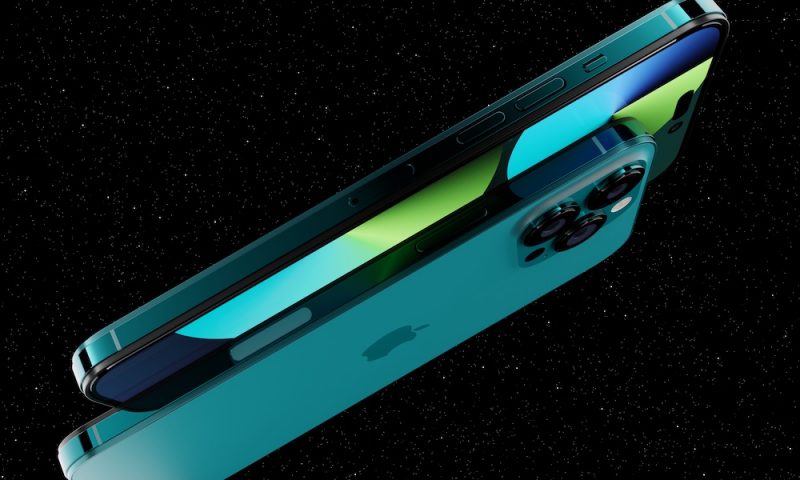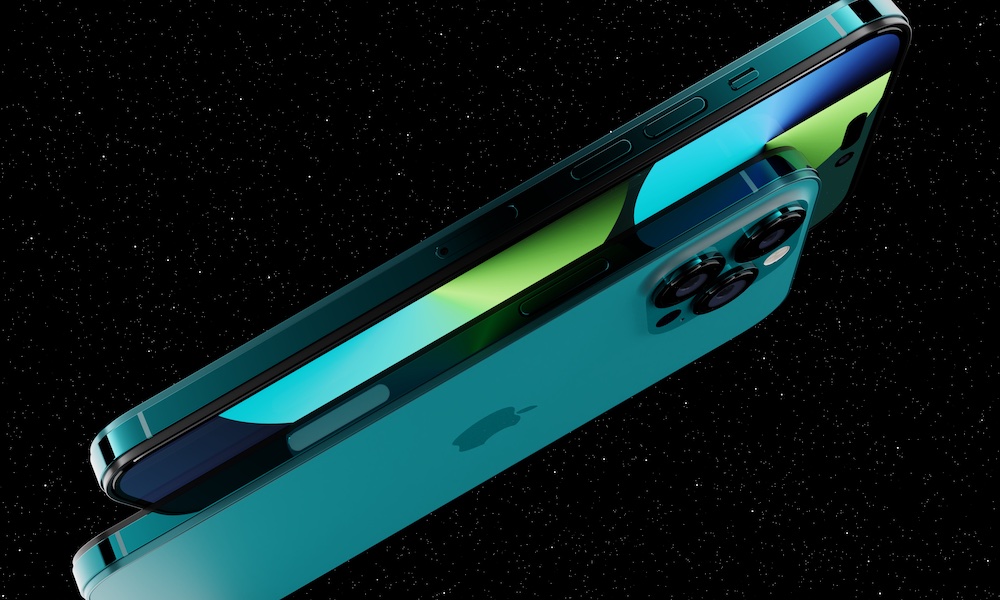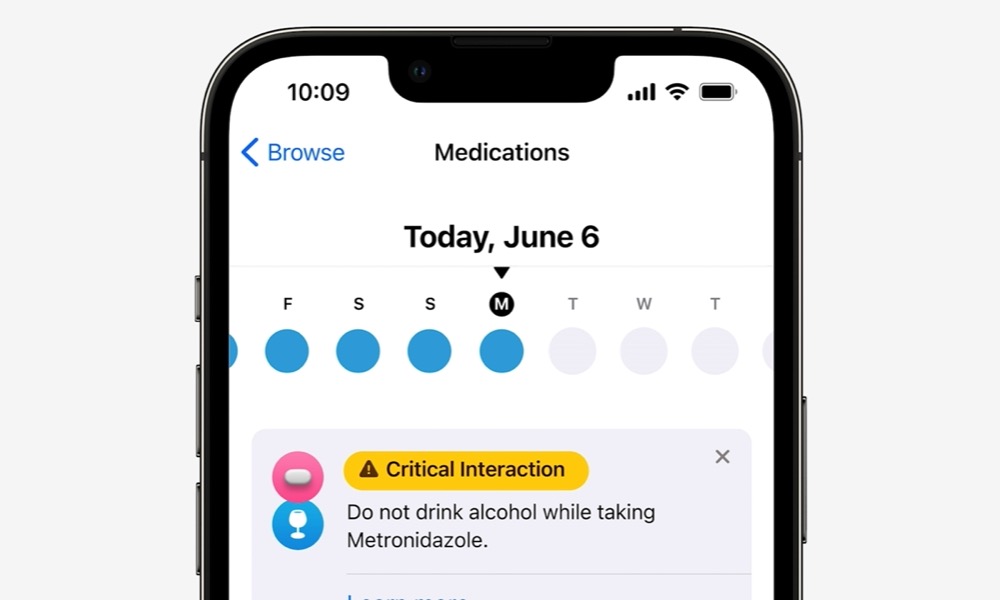iOS 16 Could Be Getting a Whole New Lock Screen in Future Update

 Credit: Vova LD / Twitter
Credit: Vova LD / Twitter
In his latest Power On newsletter, Bloomberg’s Mark Gurman shares what he’s heard about “Sydney,” the internal codename for iOS 16. While Gurman notes that it will be “chock full of changes across the operating system,” he emphasized that perhaps one of the most significant will be coming to the iPhone’s cover page: the Lock Screen.
As Gurman notes, it’s part of the iOS interface that’s “often an afterthought,” and many users probably don’t spend much time looking at it. However, that’s expected to change with iOS 16, especially when Apple’s new iPhone models show up later this year.
The most significant enhancement coming to the Lock Screen, Gurman says, will be “wallpapers that have widget-like capabilities.”
6 Apps Everyone Should Absolutely Have on Their iPhone & iPad – Number 1 is Our Favorite
The App Store has become completely oversaturated with all the same repetitive junk. Cut out the clutter: These are the only 6 iPhone apps you’ll ever need…Find Out More

It’s unclear precisely what Gurman means by this. The reference to wallpapers suggests that it’s not quite the same as the Home Screen widgets that landed in iOS 14.
It’s more likely that this will be a massive expansion of the dynamic wallpapers that Apple introduced several years ago, introducing the ability to display information in background wallpapers rather than just purely aesthetic animations.
For example, a wallpaper could include calendar and email information embedded in the background. This wouldn’t be a true widget in the sense that you likely won’t be able to interact with it, but rather just see some information at a glance without needing to unlock your iPhone or swipe to the Today view at the left.
Considering that the Lock Screen is also used to display notifications, this sounds like a reasonable compromise. Traditional widgets would get in the way of notifications; however, if they’re integrated into the wallpaper, the notifications can appear on an entirely different layer.
Gurman also confirms a report last week that Apple is getting ready to finally put an always-on display into this year’s iPhone 14 Pro lineup. Knowing Apple, we’re likely not going to hear anything about that at next week’s iOS 16 unveiling, but the code needs to be there to support it if this is going to arrive on this year’s iPhones.
Further, I’m told iOS 16 builds in future support for an always-on lock screen, something Apple was originally planning for last year’s iPhone 13. This would allow the iPhone to turn down the frame rate significantly on the lock screen and display quickly glanceable information—similar to newer Apple Watches. Mark Gurman
Not surprisingly, the always-on display would be exclusive to the iPhone 14 Pro and iPhone 14 Pro Max since it requires the more sophisticated variable-refresh “ProMotion” displays that are expected to remain limited to those models.
Apple introduced the new display technology with last year’s iPhone 13 Pro models. However, despite hopes that this would lead to an always-on display, that part never happened. Likely due to supply constraints, the new displays were only able to lower the refresh rate to 10Hz, rather than the 1Hz displays that power recent Apple Watch models.
Without a lower variable refresh rate, adding an always-on display feature to the iPhone 13 Pro would have still meant sacrificing some battery life, which Apple was undoubtedly loathe to do.
However, it’s easy to see that Apple has been aiming to bring this feature to the iPhone for at least a couple of years now. The 120Hz ProMotion displays were supposed to come to the iPhone 12 Pro in 2020, and it probably would have happened had we not been hit by the global health pandemic that hampered Apple’s entire supply chain.
Instead, Apple has had to take baby steps with some of its technological advancements. Always-on display technology isn’t rocket science — the Apple Watch has offered it since 2019, and many Android handset makers have had it for nearly as long.
It is a serious logistical challenge, though. Apple builds many more iPhones, so its suppliers need to be able to crank out those ultra-low-refresh-rate displays at a much higher volume, making it an all-or-nothing game; if Apple can’t get its hands on enough components to build a couple hundred million iPhones, then it’s forced to abandon its plans entirely.
Hopefully, with some of the supply chain problems easing, this could be the year that we finally get the long-awaited always-on display, but we’re not out of the woods yet, so it’s far from a sure thing.
[The information provided in this article has NOT been confirmed by Apple and may be speculation. Provided details may not be factual. Take all rumors, tech or otherwise, with a grain of salt.]







